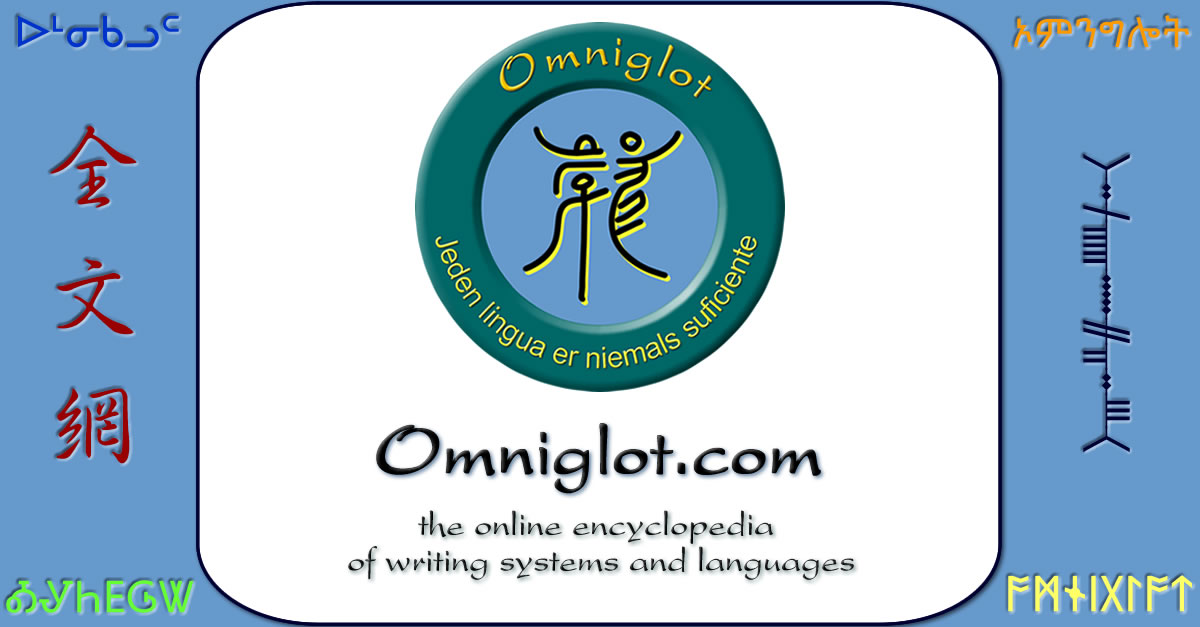A cryptanalytic decipherment of the Indus Script
To browse Academia.edu and the wider internet faster and more securely, please take a few seconds to upgrade your browser.
Indus inscriptions hold the key to unlocking the history of pre-Iron Age India and all Indo-European peoples but remain undeciphered for over a century. All prior attempts have been partial, unsatisfactory and unfalsifiable. We decipher the Indus script by treating it as a large cryptogram as described by Claude Shannon. We decipher every sign sequentially using regular expressions and set-intersection. Indus script is discovered to be proto-abugida segmental with signs for consonants and vowels. Indus inscriptions are in grammatically correct post-Vedic Sanskrit. Variants of 76 allographs constitute most signs. Conjunct signs constitute the rest. Our decipherment can read every inscription and we translate 500+ inscriptions including the 50+ longest, 50+ shortest and 400+ medium-sized inscriptions including 100+ inscriptions with conjunct signs. We comfortably surpass Shannon’s criteria for a credible cryptogram decipherment. Brahmi glyphs are discovered to be standardized Indus signs. We find significant continuation of Indus linguistic features and cultural elements in post-bronze age India.
This paper introduces a groundbreaking approach to deciphering the Indus script, employed by the Indus Valley Civilization (IVC) from c. 3300 to 1900 BCE. Moving beyond previous methods, my research delves into the intricate structure of the script's signs, aiming to definitively settle the debate regarding its categorization. Specifically, I investigate whether the Indus script functions as an alphabet, presenting compelling evidence for the number of primary signs it comprises. My methodology meticulously examines over 400 signs, encompassing the entire corpus rather than relying on limited samples. This holistic approach utilizes a novel gridbased decomposition technique to visually dissect compound signs, identify diacritics with consistent usage patterns, and uncover the underlying principles of sign extraction. Through this rigorous analysis, I successfully isolate the essential primary signs and illuminate their potential phonetic representations within an alphabetic system. However, I acknowledge the intricate variations in writing styles present across the Indus corpus. These stylistic subtleties, encompassing formation, composition, and combination strategies, contribute to the apparent plurality of signs. Nonetheless, my findings reveal a core set of only 40 fundamental signs, suggesting a remarkably concise system beneath the surface complexity. By presenting this new paradigm for understanding the Indus script, I pave the way for further advances in its decipherment. Continued exploration of the identified core signs and their phonetic associations holds immense potential for unlocking the linguistic insights encoded within this enigmatic script, shedding light on a crucial chapter in human history.



















